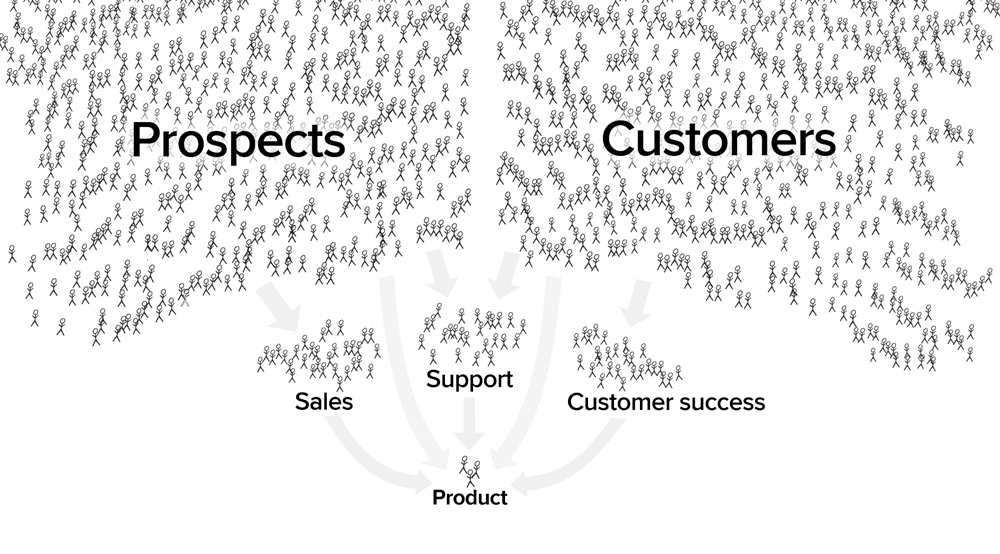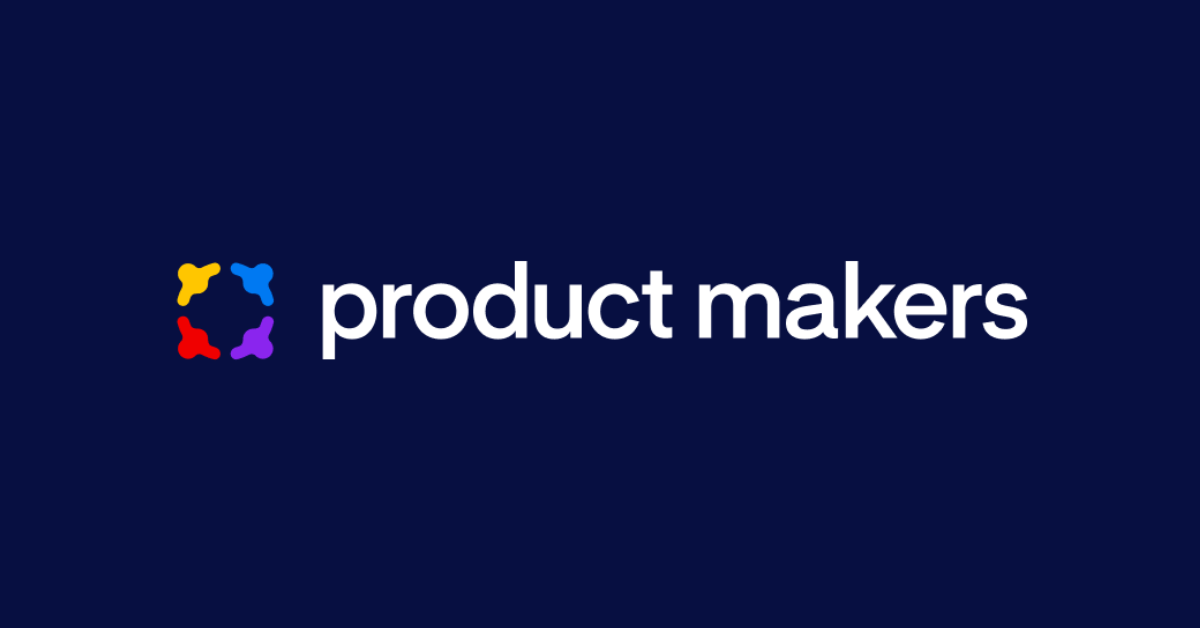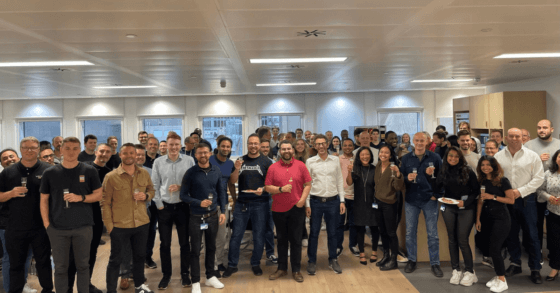Demystifying product management

At the latest San Francisco Fintech Devs & PMs meetup, Anand Subramani shared some wise words based on years of experience working in product at Dropbox and Zynga, leading up to his role as Product Lead at Gusto:

Subramani’s point is that good ideas can come from anywhere, and it’s up to us as product managers to equip our colleagues to think like PMs. It’s the best way to turn sales, customer success, marketing, and other customer-facing teams into partners in the product prioritization, design, and delivery process. Fight the allure of the lone wolf PM genius and become a product leader — someone who brings out the best in everyone around them to ship a superior product.
There are significant advantages to doing so. Consider the position many of us are in today, receiving an endless stream of feature ideas from well-intentioned colleagues. They have big ideas and are eager to contribute but two issues render most of their suggestions useless.

1. Ideas focus on solutions over problems
Ever have that situation where colleagues keep telling you everybody’s asking for audit logs (solution idea) only to discover that what users really need is a way to control which of their teammates can access which data? (problem idea — not best addressed by an audit log)
Subramani knows this situation from his days at Dropbox…

The thing is, he only learned about this underlying user need by getting a user on the phone and conducting an impromptu interview. Conducting user research on every user is a tall order, so why not coach salespeople, customer success reps, and marketers, to be user researchers on the side? The more we can get others to ask these questions, the higher the signal to noise across all the feedback collected, and the greater the chance we’ll build the right things the first time.
Whenever a user requests a feature, get them to ask why? and then why? again. What is the user really trying to do here? This type of information is far more likely to impact the direction of the product than a list of solution ideas with no context, and it’s up to us to help customer-facing colleagues understand that. No expensive user research required here… just one or two follow-up questions each time a user makes a request.
“Discussions with colleagues so often start with ‘I have an idea… What if we built X? What if we built Y?’ But starting from here is the biggest mistake you can make. If you teach only one thing to your organization, teach them to focus on what problems to solve…”
2. Ideas relate to colleagues’ needs — not customers’ needs
The second reason colleague contributions often go to waste is they’re ideas colleagues think would be cool, but don’t necessarily relate to the needs of end users. Coach your colleagues to get out of their heads and think in terms of the core types of users your product addresses.
“If you teach this to your organization, people on sales and customer success will stop coming to you and saying ‘I think this would be great.’ They’ll say ‘I think this would be great for customer X’ and that totally changes the game.”
The best way to practice this rule yourself? Constantly talk to users.
“I’ve never run into a scenario once in my career where I felt like I talked to users too much… I’ve only run into a scenario where I felt like I talked to them not enough…”
By focusing conversations around the needs of specific types of end users (who represent your target audience), colleagues on sales and customer success will understand why certain features are prioritized over others. They’ll begin to provide feedback that’s pre-filtered and specifically formulated to help you make prioritization decisions.
Prioritization is not a dark art
As Subramani explains, neglecting your responsibility to coach colleagues to think like PMs isn’t just a missed opportunity to leverage valuable insights from folks who interface with your users day in and day out — it’s the beginning of a downward spiral.
Every person in every organization owes their paycheck, their livelihoods, to the value that the organization’s product (or service) creates for its end users. Everyone is invested in the product’s success, not just the product team. That’s why so many are eager to offer ideas that could help the product succeed. But if colleagues feel like they’re not being heard, that their ideas are not being acted upon, trust erodes. And that can have a serious impact on organizational culture that no number of happy hours can reverse.
Wouldn’t it be better if you had the support of the entire organization the next time you had to make a difficult product decision? Wouldn’t your product’s chances of success increase if you enlisted every customer-facing colleague as a user researcher… an extension of the product team itself? Sure, letting others into your process might shatter your self-image as a mysterious shamanistic product wizard, but the reward is getting to lead your product, and organization, toward a new trajectory of success. I’d say that’s a pretty solid tradeoff.
⭐️ Watch Anand Subramani present Demystifying Product Management (San Francisco Fintech Meetup 6/21):





